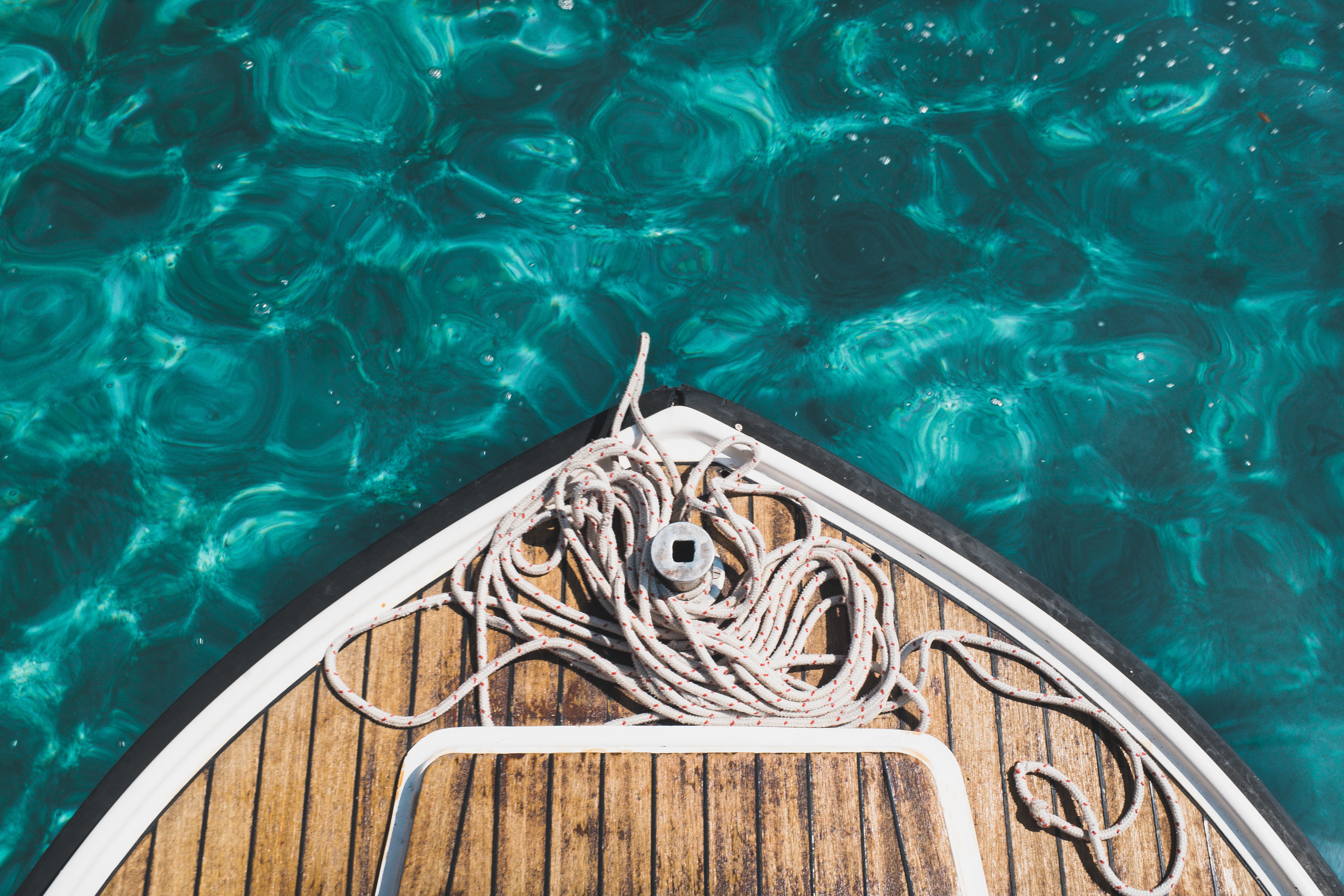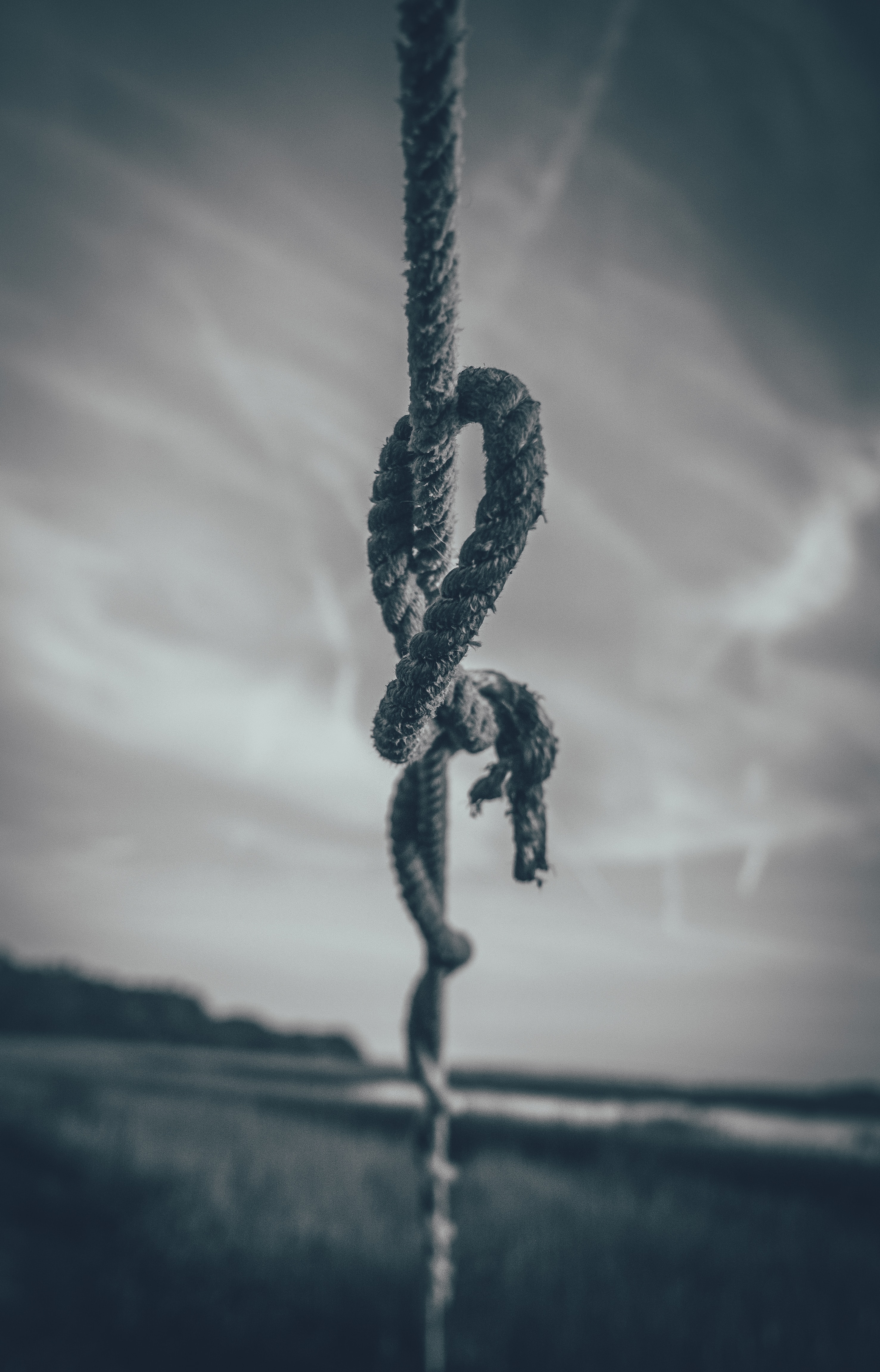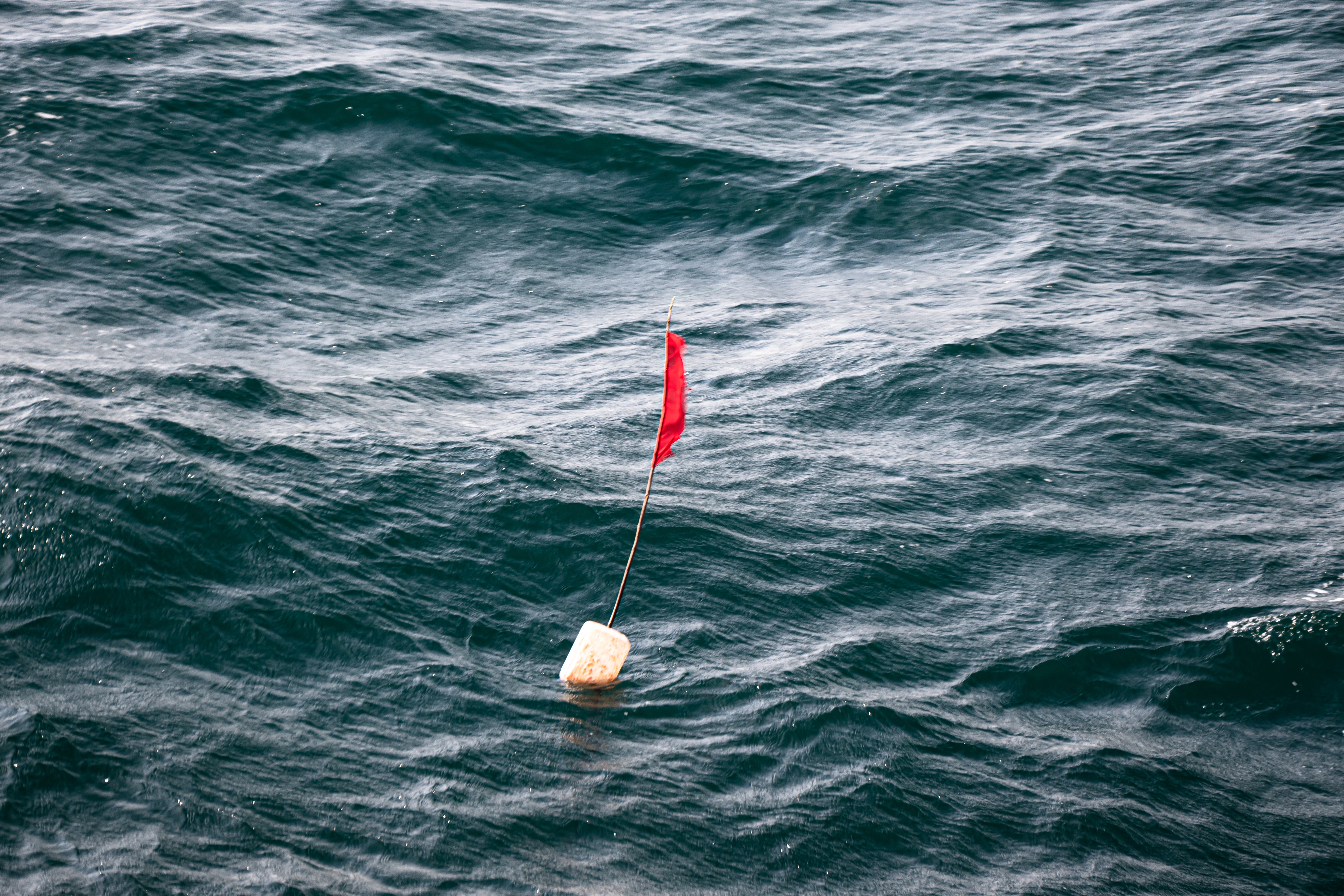From Sandbars to Deep Water: How to Anchor Your Boat in Any Situation and Stay Safe
Anchoring your boat in different situations can be challenging, but with the right techniques and equipment, you can anchor your boat safely in any condition. Here are some tips to help you anchor your boat in any situation and stay safe:
1. Know the bottom

Understanding the type of bottom you are anchoring in is crucial for a secure hold. Use a depth sounder to determine the depth of the water and the type of bottom, such as sand, mud, rock, or weeds.
2. Choose the bottom

Use the correct type and size of the anchor for your boat and the bottom conditions. The weight of the anchor should be appropriate for the size of the boat, and the type of anchor will depend on the type of bottom you’re anchoring in. Look for a spot with good holding ground and consider the weather and water conditions. Fortress anchors are precision-machined from an aluminum-magnesium alloy, which ensures easier handling along with faster setting and deeper penetration in common sea bottoms.
3. Use enough anchor line

Ensure you have enough anchor line to accommodate the depth of the water and the height of the tide. A general rule of thumb is to use three times the depth of the water.
4. Use the correct scope

The scope is the ratio of the length of anchor line to the depth of the water. For example, if the depth of the water is 10 feet, a scope of 5:1 would require 50 feet of anchor line. In deeper water, use a scope of 7:1 or higher.
5. Set the anchor properly

Lower the anchor slowly to the bottom and let out enough anchor line. After the anchor has hit the bottom, use the engine to set the anchor by gently moving the boat in reverse while pulling on the anchor line.
6. Use a buoy

In some situations, it may be helpful to use a buoy to mark the location of the anchor. This can help you easily find the anchor and avoid tangling the anchor line with other boats or obstructions.
7. Monitor the anchor

Keep a watchful eye on your boat to ensure it’s not drifting, and regularly check the anchor line for tension. Be aware of any changes in wind or water conditions that may affect your boat’s position.
Conclusion
Remember to prioritize safety when anchoring your boat in any situation. Always have enough life jackets, communication devices, and other safety equipment on board, and stay aware of changing weather conditions.








